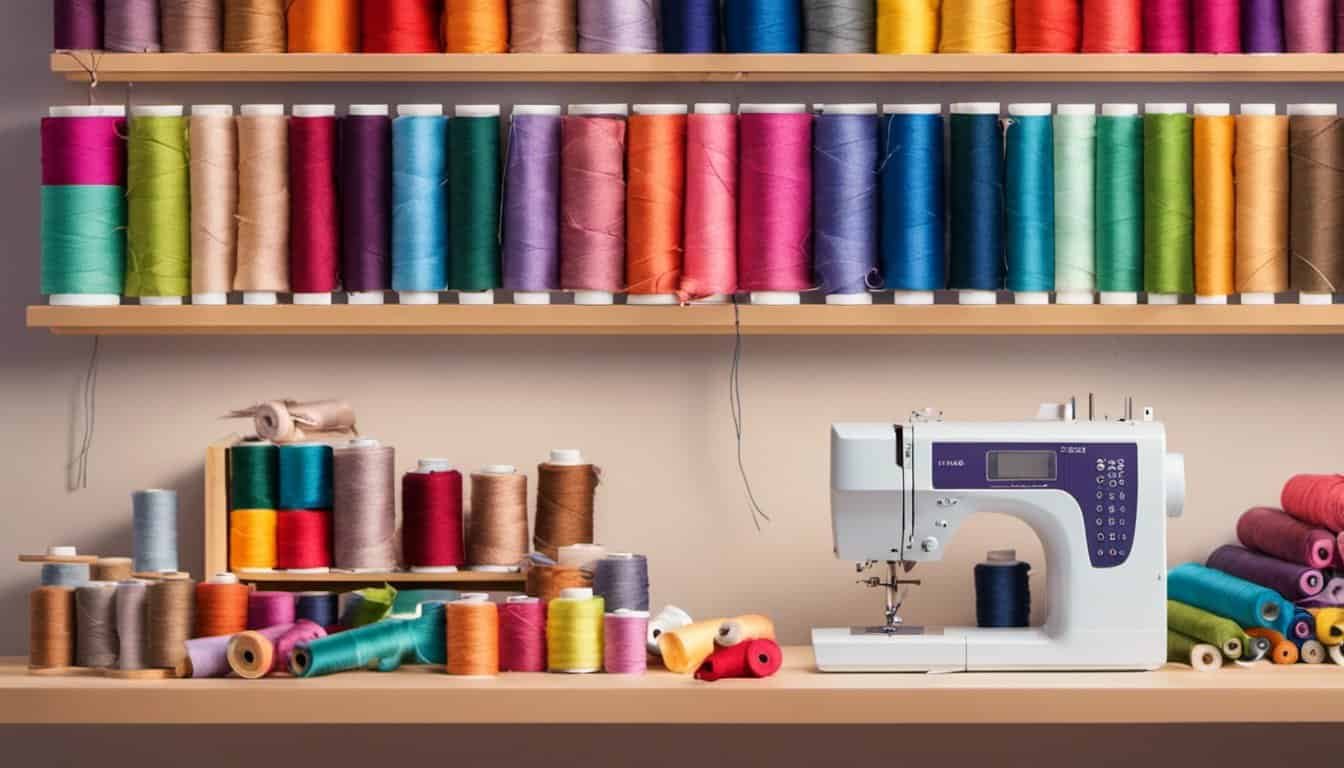I’ve always loved little projects that let me combine creativity and practicality, and sewing a dog bandana is one of my favorites. There’s just something so charming about a pup sporting a handmade accessory, and it’s even better knowing you made it yourself. Whether you’re a seasoned sewer or just starting out, this project is simple, fun, and totally rewarding.
Why Sewing a Dog Bandana Is a Cute Project
Sewing a dog bandana adds a personal touch to your pet’s wardrobe while showcasing your creativity. Handmade accessories stand out, and a custom bandana transforms an everyday collar into a stylish statement.
This project is beginner-friendly, requiring minimal sewing skills and simple materials. Basic supplies like fabric, thread, and scissors are enough to create a functional and decorative item for your dog.
It allows for endless customization. From seasonal patterns like pumpkins for autumn to bold colors that match your dog’s personality, you can make each piece unique. Adding embroidery or embellishments, such as a monogram or small patch, further elevates the design.
A dog bandana combines utility and charm. It serves as more than an accessory, doubling as a drool catcher or lightweight protection for the neck. Despite its simplicity, it leaves a lasting impression.
Materials and Tools Needed
Creating a dog bandana requires only a few materials and basic tools. With thoughtful choices, this project becomes even more enjoyable and personal.
Fabric Selection Tips
Choose fabric types that balance style and function. Cotton works excellently for its durability, ease of sewing, and variety of patterns. Avoid stretchy fabrics like jersey knits, as they can be challenging for beginners. For special occasions, consider patterned or seasonal fabrics, such as plaid for fall or floral prints for spring.
Ensure the fabric is lightweight yet sturdy. Heavier fabrics, like denim, may be too bulky for smaller dogs. Pre-wash the fabric to remove shrinking risks and soften it for comfort. Select colors or prints that complement your dog’s fur and match their personality, such as bright tones for playful pups or neutral shades for a minimalist look.
Essential Tools for This Project
Gather simple tools to streamline the process. Scissors, sharp and fabric-specific, ensure clean edges. A measuring tape or ruler keeps dimensions precise, especially for customized bandana sizes. Sewing pins or clips hold the fabric in place during stitching.
A sewing machine speeds up the project, but hand-sewing with a needle and thread works just as well for small adjustments. Opt for an all-purpose thread matching or contrasting the fabric, depending on your design preference. Lastly, a fabric marking pen creates temporary guidelines for neat seams. These basic tools make crafting your dog’s new accessory effortless.
Step-By-Step Guide to Sewing a Dog Bandana
Making a dog bandana is both simple and rewarding. By following these steps, you’ll create a custom accessory that blends functionality with charm.
Cutting the Fabric
I start by folding the pre-washed and ironed fabric in half diagonally, forming a triangle. Then, I use a ruler or measuring tape to measure and mark the dimensions based on my dog’s neck size. For small dogs, I recommend a 12-inch side length; for medium dogs, 17 inches works well, and for large dogs, aim for 22 inches. I use a fabric marking pen to ensure clean, accurate lines. After marking, I cut the fabric carefully with sharp fabric scissors to avoid frayed edges.
Sewing the Bandana Edges
With my fabric ready, I fold the raw edges inward by about 1/4 inch and press them flat with an iron. I fold them again to create a clean double-fold hem. Using sewing pins or clips, I secure the folds in place to prevent shifting. At my sewing machine, I stitch along the folded edges, maintaining a consistent 1/8-inch seam allowance for a polished look. For added durability, I backstitch at the beginning and end of each side.
Adding Personal Touches
To make the bandana unique, I enjoy experimenting with embellishments. I often add embroidered initials, small appliqués, or decorative stitching along the edges. Using a contrasting thread color creates a striking visual effect. For special occasions, I attach fabric bows, iron-on decals, or themed patches. These details transform a simple bandana into a personalized accessory that reflects my dog’s personality.

Tips for Making the Perfect Fit
Accurately measure your dog’s neck to ensure the bandana fits properly. Use a flexible measuring tape to determine the neck circumference, adding 1-2 inches for comfort and tie space. For example, a dog with a 14-inch neck might need a finished bandana width of 15-16 inches.
Choose adjustable designs for a versatile fit. Triangle-shaped bandanas are ideal since they can be tied and adjusted easily. If you’re creating a slip-on style, ensure the casing fits securely over the collar without being too tight.
Select fabric thickness based on your dog’s size and comfort. Heavier fabrics suit medium to large dogs, while lightweight cotton works best for small breeds. Avoid stiff materials that restrict movement.
Prioritize seam finishes to prevent discomfort. Fold and stitch raw edges neatly to avoid fraying, or use pinking shears for a clean cut if you’re short on time. These details enhance both durability and wearability.
Benefits of Handmade Dog Bandanas
Handmade dog bandanas offer unique benefits for both pets and their owners. Each one is crafted to reflect the dog’s personality, making it a distinctive accessory that can’t be replicated with store-bought options. By choosing specific fabrics, patterns, and embellishments, the bandana showcases a personal and thoughtful touch.
« Master Sewing a Yoga Mat Bag: Step-by-Step Guide to Create Your Perfect Custom Bag
How to Make a Fabric Keychain at Home: Easy DIY Tutorial for Creative & Unique Gifts »
Sewing a bandana delivers cost efficiency while ensuring quality. Mass-produced items often use lower-quality materials to cut costs, but with handmade versions, I can select durable, pet-safe fabrics like cotton or linen. This durability ensures the bandana withstands wear and washing without losing its charm.
Custom sizing is another advantage. Unlike generic sizes that might not fit every dog perfectly, I tailor handmade bandanas to fit snugly and comfortably. This eliminates discomfort from a loose or overly tight accessory, ensuring my pet’s ease.
Eco-consciousness is a major bonus. Using fabric scraps or repurposing old clothing minimizes waste, making handmade bandanas an environmentally friendly choice. This approach also enables me to upcycle materials, transforming them into something beautiful and functional.
Bonding time with pets is enhanced when I create something for them. Hand-sewing fosters creativity while building a stronger emotional connection with my dog, as they sport an item made just for them. It’s a heartfelt way of showing care and love.
Conclusion
Sewing a dog bandana is such a delightful way to combine creativity and practicality while treating your furry friend to something special. It’s a project filled with love, personality, and fun that leaves both you and your dog smiling. Whether you’re a seasoned sewer or just starting out, this simple craft offers endless possibilities to make something truly one-of-a-kind.

So grab your favorite fabric, let your imagination run wild, and enjoy the process of creating a stylish and functional accessory for your pup. There’s nothing quite like seeing your dog sporting something made with your own two hands!

















